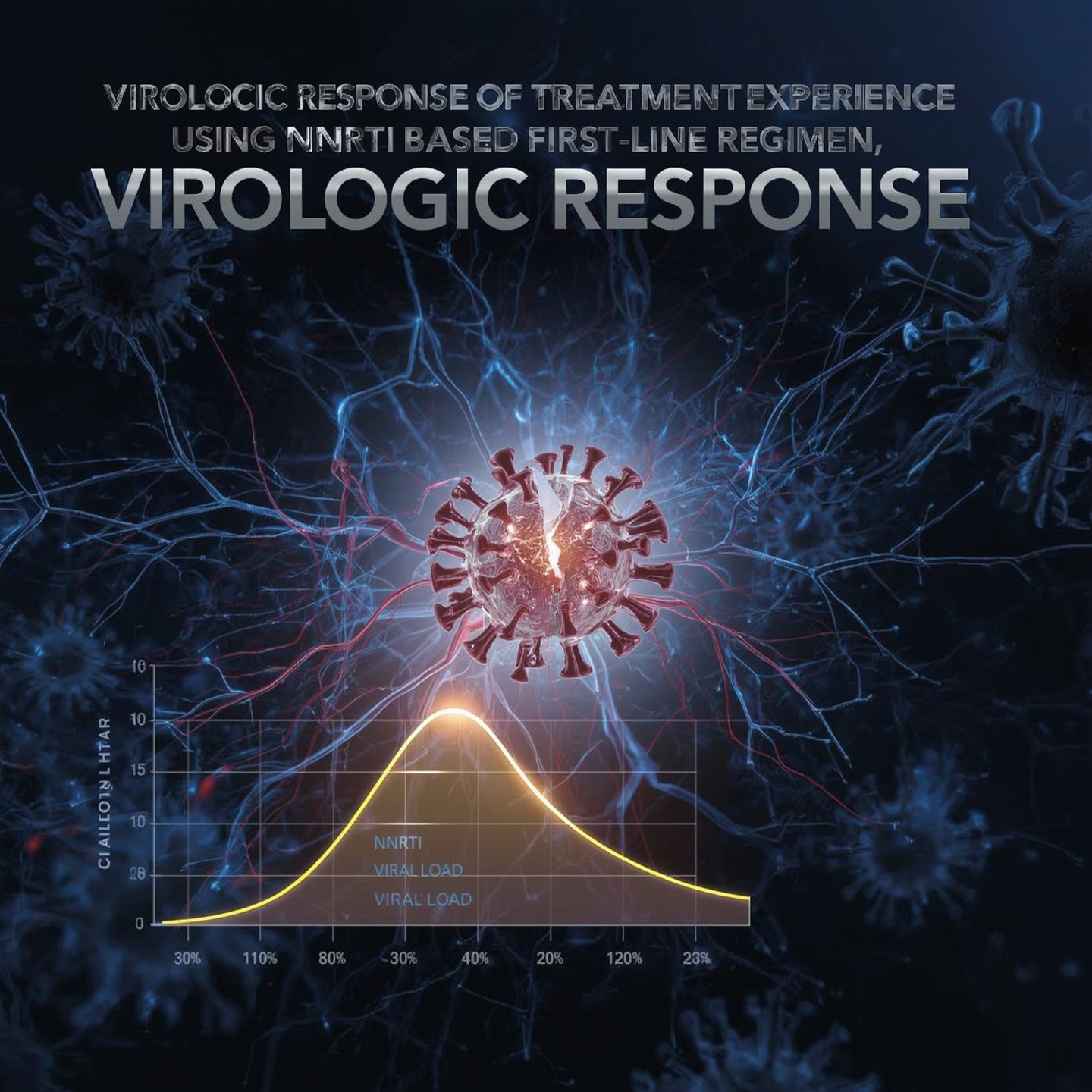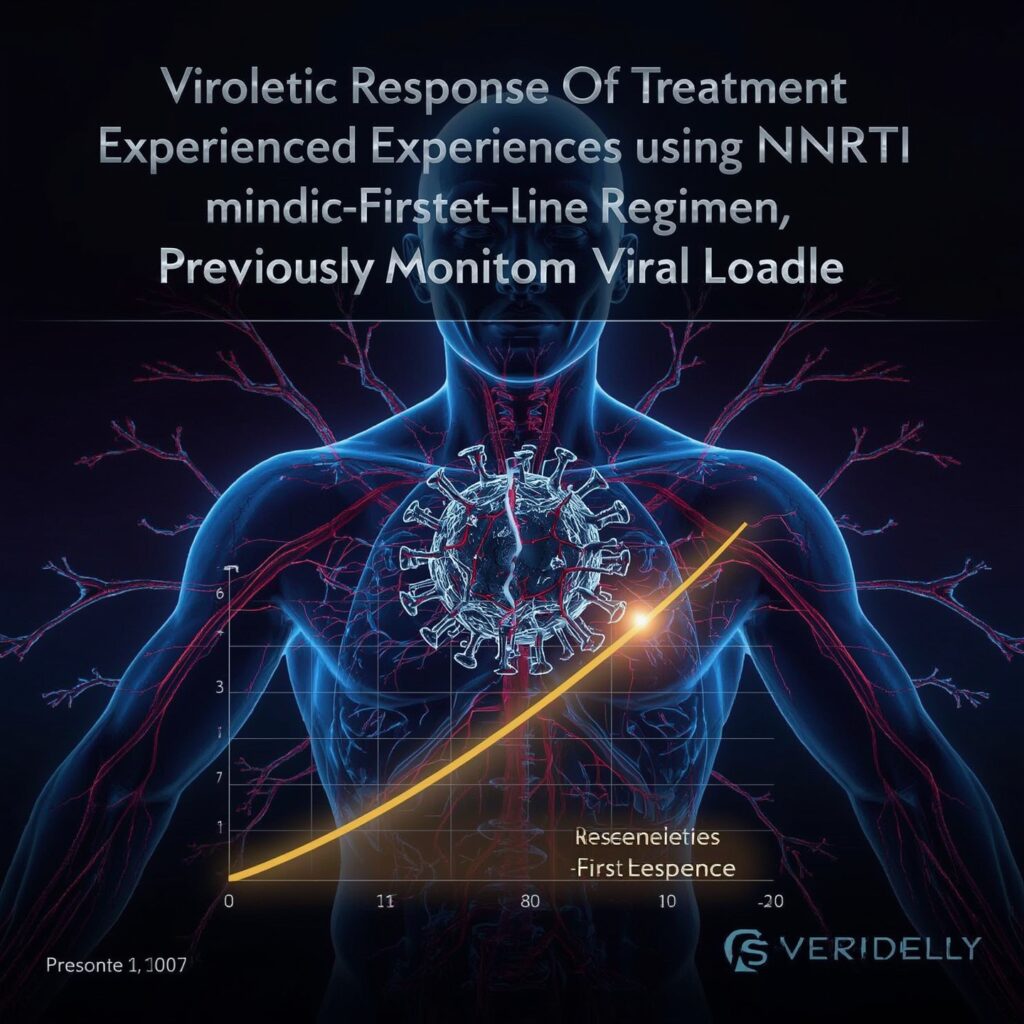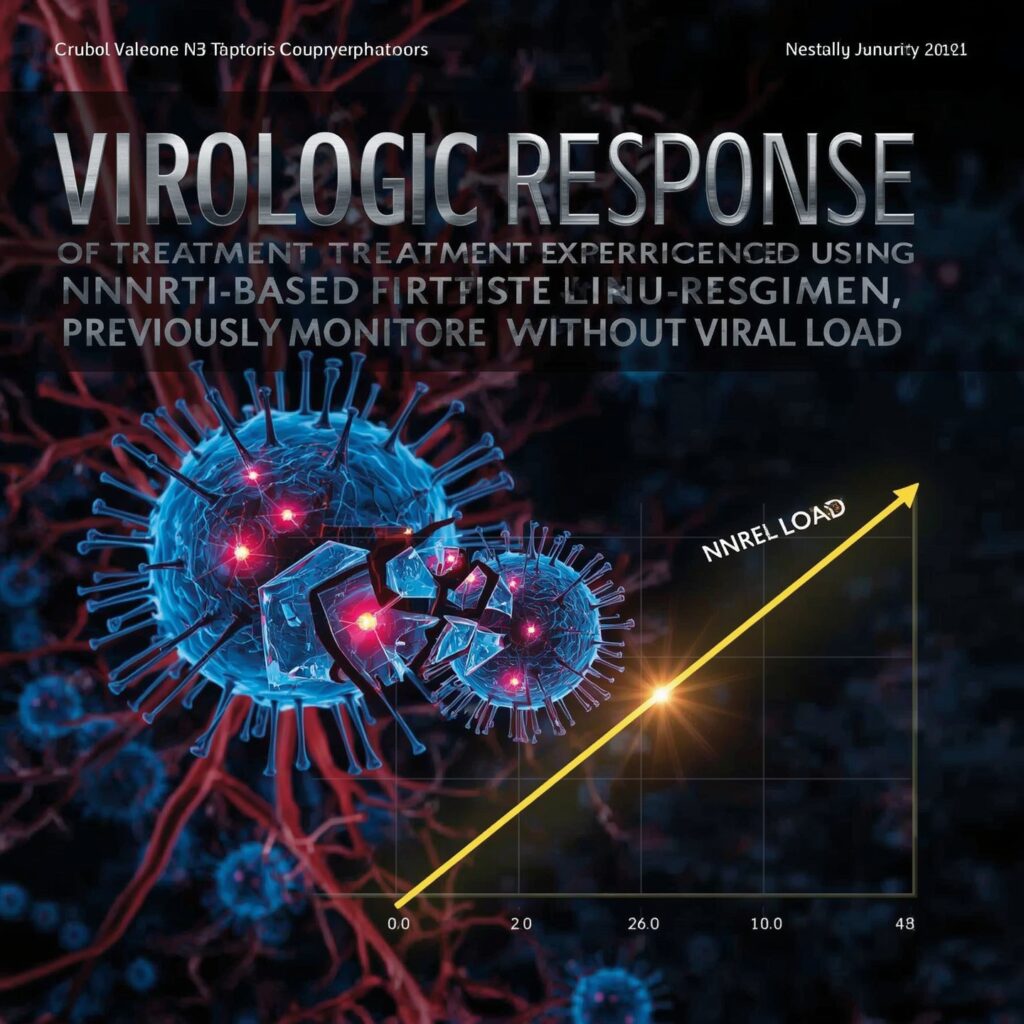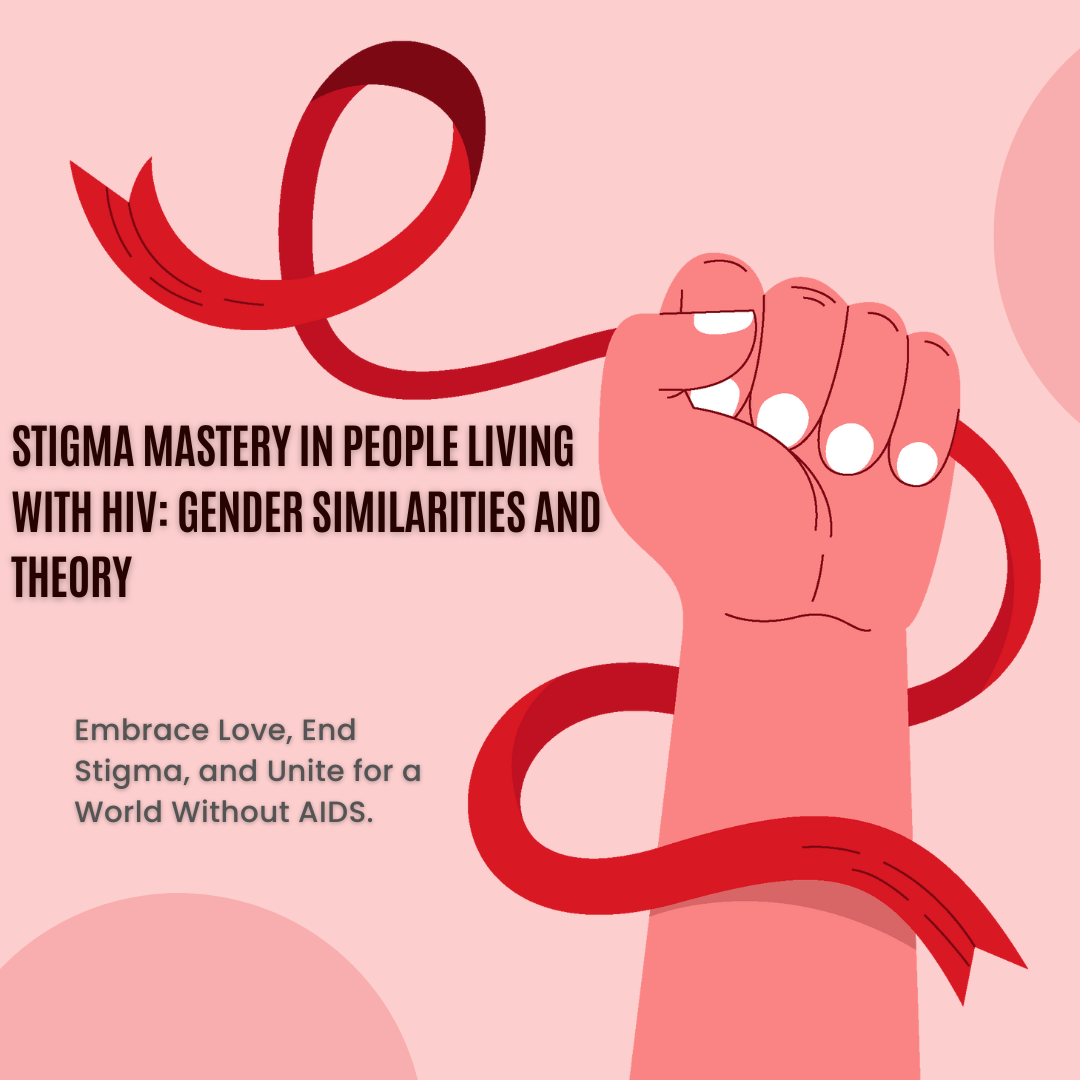

Virologic Response in HIV+ Ugandan Youth on NNRTI Without Viral Load Monitoring

Uganda, like many low-income countries, initially relied on clinical and immunologic monitoring due to limited access to viral load testing. For pediatric populations on NNRTI-based first-line regimens, the lack of virologic surveillance meant that treatment failure often went undetected until clinical deterioration or immune decline occurred. This delay increases the risk of drug resistance and poor long-term outcomes.
👉 Click here to access the article
“Virologic success begins with timely testing, strong adherence, and early action—because recognizing failure early saves lives and preserves treatment options for the future.”
Dr. Peter Kirabira
The findings have several implications for Uganda’s pediatric HIV treatment strategy. First, national HIV guidelines should emphasize viral load testing as the primary method for monitoring treatment response in all patients, including children. Strengthening laboratory systems is also essential—this includes expanding lab capacity, improving sample transport networks, and ensuring timely data feedback to health facilities. In addition, task-shifting and targeted training can empower nurses and lower-cadre health workers to interpret VL results, support adherence, and initiate timely regimen changes when necessary. Adolescents, who face unique challenges, require tailored services such as adolescent-friendly clinics that offer mental health support, peer-led adherence groups, and youth-focused empowerment programs. Finally, integrating HIV care into school health programs can help support adherence, reduce stigma, and promote treatment literacy among children and their caregivers, providing a more holistic and accessible approach to pediatric HIV management.
Is this conversation helpful so far?


The introduction of viral load monitoring in Ugandan children and adolescents on NNRTI-based HIV treatment exposed a high rate of previously undetected virologic failure. While many still achieved suppression, the findings highlight the urgent need for routine viral load testing, better adherence support, timely regimen changes, and youth-friendly services to improve outcomes in this vulnerable group.

Jenny Alexandra
Hi! beautiful people. I`m an authtor of this blog. Read our post - stay with us
Contact Us


